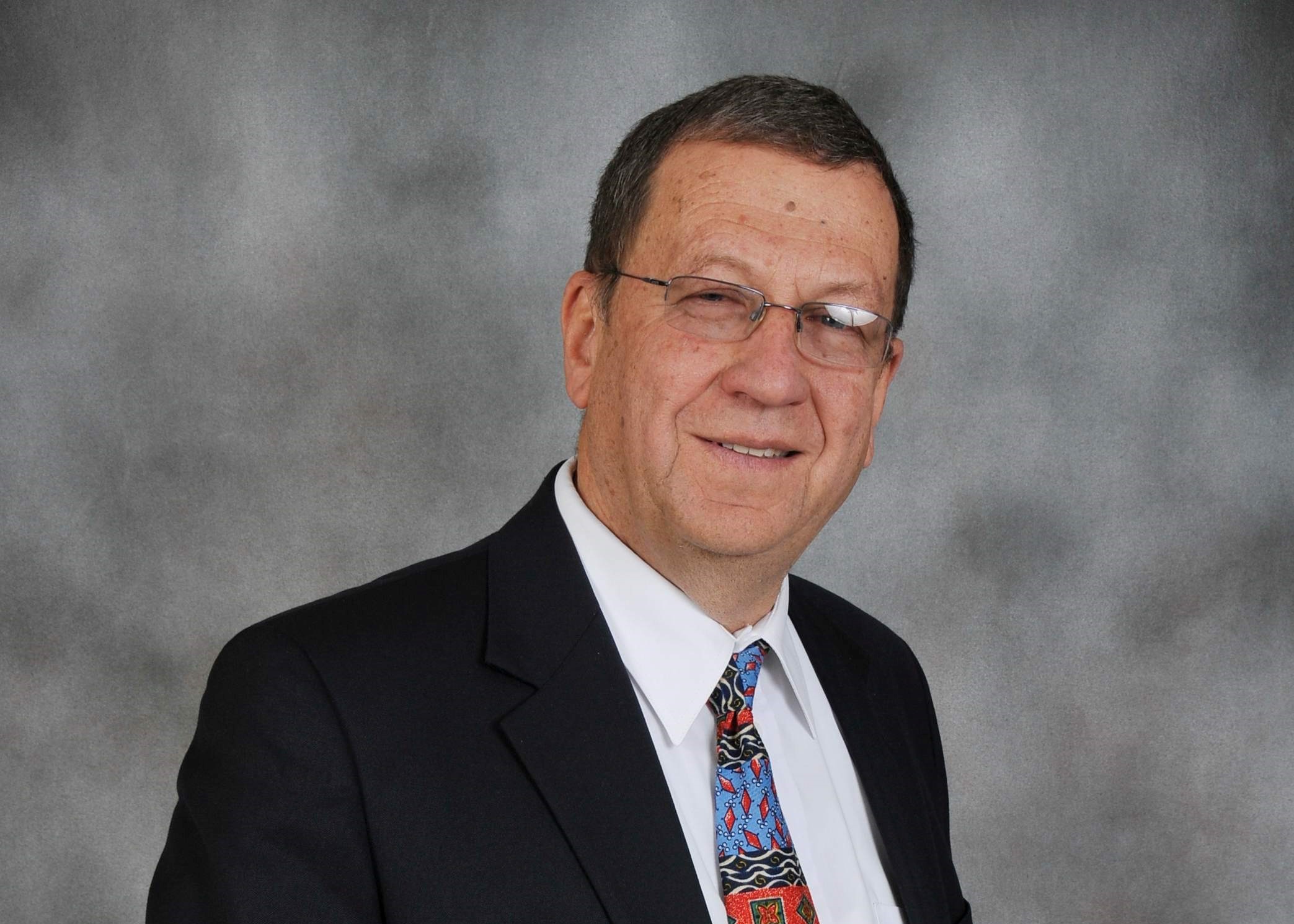
OpEds

End-of-year holiday could be drowned by fourth wave
Now is the time when serious consideration is being given to what lies ahead for the end-of-year holiday season under the spectre of COVID-19. Will it be a quiet period? Can preparations go ahead for youth camps? Can we consider planning for a year-end wedding or a Barmitzvah function? What about the annual holiday or perhaps travel abroad? What will COVID-19 look like during the 2021/2022 holiday season?
According to the Talmud (Yoma 9b, Sanhedrin 11a and Sota 48b), prophecy ceased in the early second Temple period with the deaths of the last prophets, Chagai, Zechariah, and Malachi. To give a reliable and dependable prediction of when, where, and how bad the forthcoming fourth wave will be would really require ruach hakadosh (holy spirit). So, in the absence of nevuah (prophecy), we will need to rely on something far less reliable – science.
It’s less reliable because current science needs to rely on the behaviour of a highly unpredictable virus, the similarly unpredictable behaviour of humans, and then also the somewhat unreliable and uncertain extent of vaccine coverage and its varyingly incomplete protection against transmission of the virus.
So, to start off with, what can be gleaned from science to try and look into the future with some degree of confidence? First, and perhaps the most direct place to look, is the picture from the past patterns of COVID-19 waves in this country, and then to speculate that the wave pattern will continue with the same regularity, at least for this year. [See accompanying figure]. Thus, looking back, we can see that the duration of each of the first two, and probably also the third wave, was about 75 days, while the interval periods between waves was from 94 to 100 days. Unfortunately, that looks like rather bad news for holiday makers and machaneh planners, with the fourth wave seeming to come slap bang in the middle of the holiday season, i.e. starting at the end of November and peaking in late December/early January.
Second, what’s most unpredictable is the volatility of the SARS CoV-2 virus, which has surprised the virology world by its uncanny ability to mutate so readily and, in doing so, generate pernicious variants of concern. It’s these variants which have been instrumental in driving previous epidemics. Thus, the advent of the Delta variant was the engine behind the massive epidemic in India earlier this year and, similarly, the gamma variant in Brazil, also at the beginning of the year. In South Africa, the second and third waves were, respectively, driven by the Beta and Delta variants. Chronic replication of the virus, either in unvaccinated infected individuals or in persons with underlying immune suppression for whatever reason, could give rise to the generation of new escape mutants and the advent of novel variants. Not only is their arrival unpredictable, but equally unpredictable is their personality and how serious a threat they would pose to human health.
Will human behaviour be a factor in determining the onset of the fourth wave? Certainly, in the past, major super-spreading events have triggered the first and second waves. Unfortunately, the timing of a potential fourth wave looks ominously similar that of the second wave – this time the 2021/2022 holiday season.
Lastly, there is the question whether vaccine coverage could reach a level that would have an impact on the development of the fourth wave. Unfortunately, most recently, vaccine coverage data has worryingly dropped 43% from a high of 273 000 to 154 000 a day over the past few weeks, well below the figure of 300 000 a day targeted by the end of August. Hopefully, vaccine coverage will pick up soon if communication can be ramped up to entice the vaccine hesitant to vaccination sites. However, even if coverage improves to the level we would like to see, and which has been reached by many developed countries, it may still not prevent the occurrence of a fourth wave as has been apparent in highly vaccinated countries in Europe, in the United States, and in Israel. However, it could greatly reduce the severity of the wave by radically reducing serious-disease hospitalisation and death, as has been seen in those countries.
So, where does that leave us with plans for the end of the year? Prophecy is no longer with us, and science is quite a bit more uncertain. Most folk in the scientific world feel that a fourth wave is inevitable, with the cyclic periodicity of waves probably the most dependable factor to rely on for timing. Unfortunately for many, that assumption seems to point precisely to the holiday season. Hopefully successfully high vaccine coverage and, perhaps, the summer season, may ameliorate its severity. Hold thumbs that a fifth variant of concern doesn’t arise in the meantime.
Finally, we all need to encourage more and more of those who haven’t yet been vaccinated to step up to the plate and make a positive contribution, not only to themselves but to the rest of the community.
- Barry Schoub is chairperson of the Ministerial Advisory Committee on COVID-19 vaccines. He is professor emeritus of virology at the University of the Witwatersrand, and was the founding director of the National Institute for Communicable Diseases. He writes in his personal capacity.










